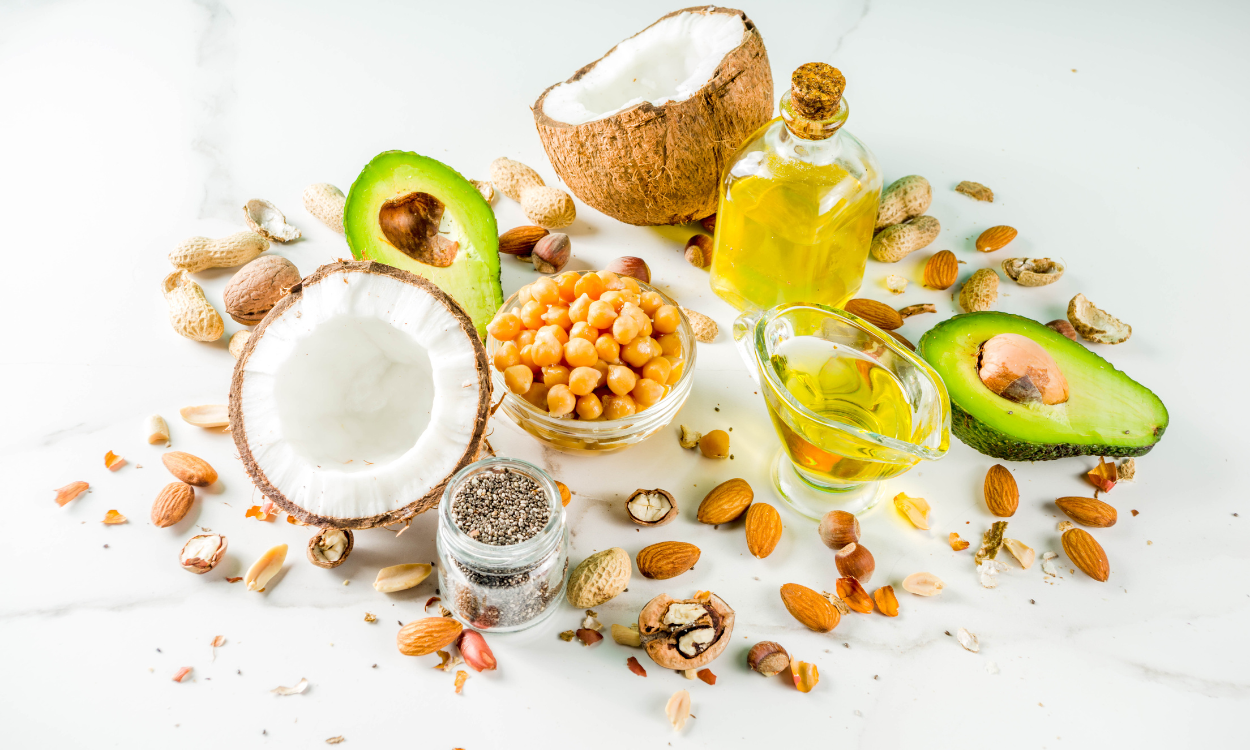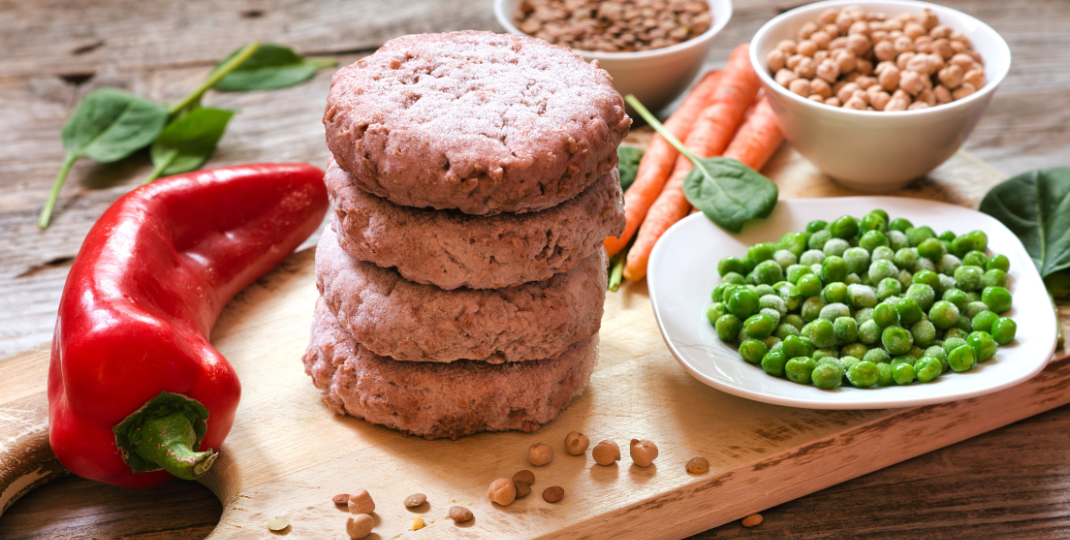Lipids are essential components of various biological systems and play crucial roles in maintaining cellular structure and function. However, the extraction process of lipids can often lead to their degradation, affecting the quality and quantity of extracted lipids. Minimizing lipid degradation during extraction is crucial to obtain accurate and reliable results in lipid analysis. Several factors such as temperature, light exposure, oxygen exposure, and pH can contribute to lipid degradation. Therefore, it is important to implement certain techniques and precautions to minimize lipid degradation during the extraction process. In this article, we will discuss some strategies to prevent lipid degradation and improve the efficiency of lipid extraction methods.
Factors contributing to lipid degradation during extraction process
Lipid degradation during the extraction process can be influenced by a variety of factors, including exposure to oxygen, light, heat, and enzymes. Oxygen can cause oxidation of lipids, leading to the formation of rancid flavors and odors. Light exposure can also promote lipid oxidation, as can high temperatures which can accelerate the breakdown of lipids. Enzymes present in the extraction process can further catalyze the degradation of lipids, resulting in a decrease in overall quality and nutritional value of the extracted oils. Proper handling and storage of raw materials, as well as controlling extraction conditions, are essential in minimizing lipid degradation during the extraction process.

Are there any specific techniques or methods that can help prevent lipid degradation during extraction?
There are several techniques and methods that can help prevent lipid degradation during extraction. One common method is to use cold extraction techniques, such as freezing the sample or using liquid nitrogen, to minimize oxidation and hydrolysis reactions that can degrade lipids. Additionally, the use of antioxidants such as butylated hydroxytoluene (BHT) or tocopherols can help protect lipids from oxidative damage. It is also important to handle samples carefully to avoid exposure to light, heat, and oxygen, which can all contribute to lipid degradation. Lastly, storing samples properly in airtight containers at low temperatures can help preserve the integrity of lipids during extraction.
How do different types of solvents used in extraction processes impact lipid stability?
The choice of solvent used in extraction processes can have a significant impact on the stability of lipids. Non-polar solvents, such as hexane, are commonly used for lipid extraction due to their ability to effectively dissolve lipids. However, these solvents can also strip away important antioxidants and other stabilizing compounds present in the lipid matrix, leading to increased oxidation and degradation of lipids. On the other hand, polar solvents like ethanol or acetone may preserve more of these stabilizing compounds but may not be as effective at extracting lipids. Ultimately, the selection of solvent should strike a balance between efficient lipid extraction and maintaining lipid stability by considering factors such as antioxidant content and potential for oxidation.
Is there a way to optimize extraction conditions to minimize lipid degradation?
Yes, there are several ways to optimize extraction conditions to minimize lipid degradation. One approach is to use gentle extraction methods such as cold pressing or solvent-free extraction techniques to prevent excessive heat exposure that can degrade lipids. Additionally, controlling factors such as extraction temperature, time, and pressure can also help minimize lipid degradation. Furthermore, using antioxidants during the extraction process can help to stabilize lipids and prevent oxidation. Overall, by carefully adjusting extraction conditions, it is possible to minimize lipid degradation and preserve the quality of extracted lipids.
What role does temperature play in lipid degradation during extraction?
Temperature plays a critical role in lipid degradation during extraction as it can affect the stability and integrity of lipids. Higher temperatures can accelerate the breakdown of lipids through processes such as oxidation, hydrolysis, and polymerization, leading to degradation of the lipid molecules and loss of their nutritional value. On the other hand, lower temperatures can help preserve the integrity of lipids by slowing down these degradation processes. Therefore, controlling the temperature during lipid extraction is essential to ensure the quality and functionality of extracted lipids.

Are there any additives or antioxidants that can be used to protect lipids during extraction?
There are several additives and antioxidants that can be used to protect lipids during extraction, such as vitamin E (tocopherol), butylated hydroxyanisole (BHA), butylated hydroxytoluene (BHT), and rosemary extract. These compounds work by scavenging free radicals and preventing oxidation of the lipids, thus preserving their quality and integrity. Additionally, some extraction methods may also involve the use of inert gases like nitrogen to minimize exposure to oxygen, which can further help in protecting lipids from degradation.
How can we determine the extent of lipid degradation during the extraction process?
The extent of lipid degradation during the extraction process can be determined by analyzing the levels of lipid oxidation products such as peroxides, aldehydes, and free fatty acids. This can be done using various analytical techniques including gas chromatography, high performance liquid chromatography, and spectrophotometry. Additionally, measuring changes in lipid composition, such as the ratio of unsaturated to saturated fatty acids, can also provide insights into the extent of lipid degradation. Monitoring parameters such as temperature, oxygen exposure, and processing time during the extraction process can help identify potential factors contributing to lipid degradation and inform strategies for minimizing it.
What are the potential consequences of lipid degradation in extracted oils or fats?
Lipid degradation in extracted oils or fats can lead to a variety of negative consequences. Firstly, it can result in the development of off-flavors and off-odors, which can make the oil or fat unpalatable for consumption. Additionally, lipid degradation can lead to a decrease in nutritional value as important nutrients such as antioxidants and essential fatty acids are lost. The presence of oxidized lipids can also have negative health effects, as they have been linked to inflammation, oxidative stress, and an increased risk of chronic diseases such as heart disease and cancer. Overall, lipid degradation can compromise the quality, taste, and health benefits of oils and fats, making it important to store and handle them properly to prevent degradation.
Strategies for Minimizing Lipid Degradation During Extraction Processes
To minimize degradation of lipids during the extraction process, it is important to handle the samples carefully and efficiently. This includes using proper extraction techniques, maintaining a controlled temperature throughout the process, and avoiding exposure to light and oxygen. Additionally, using antioxidant compounds or storing the extracted lipids in a dark, airtight container can help prevent oxidation and degradation. By following these precautions and implementing best practices, we can preserve the integrity of lipids and ensure accurate results in analytical studies.
